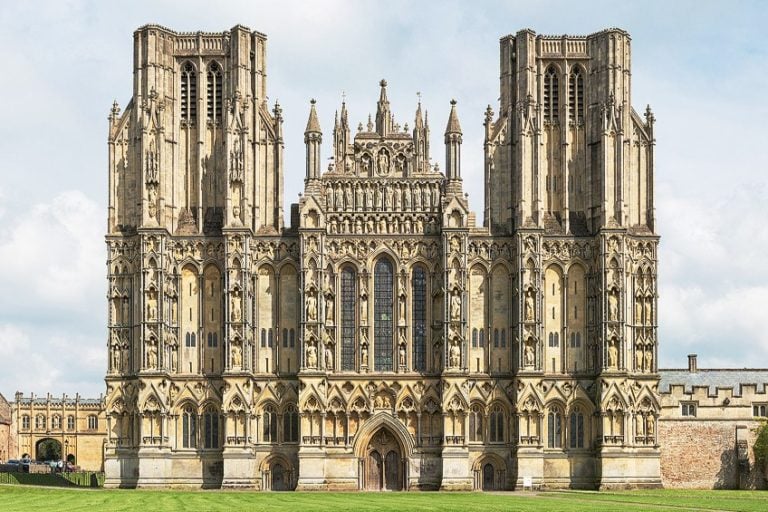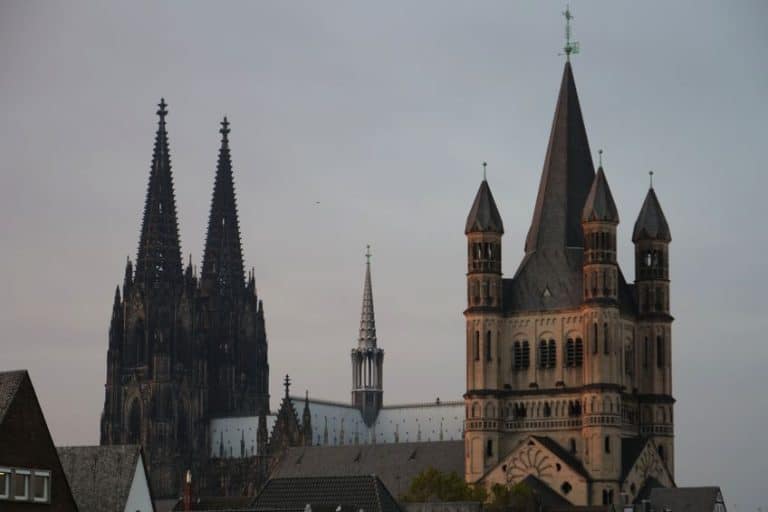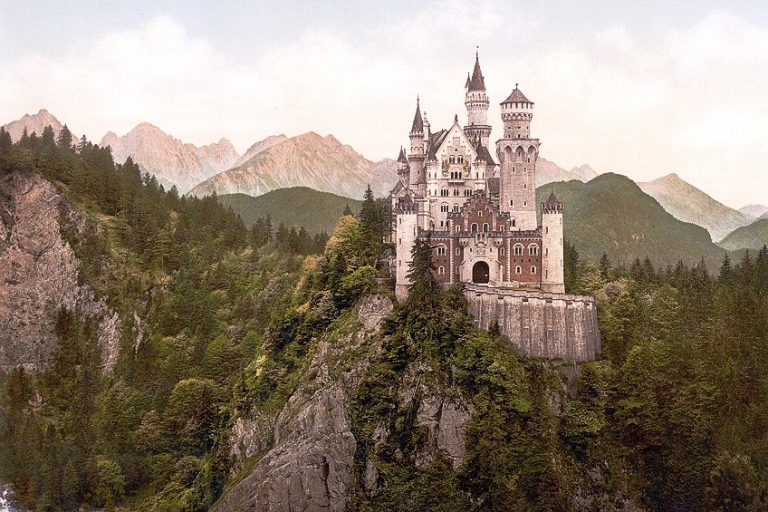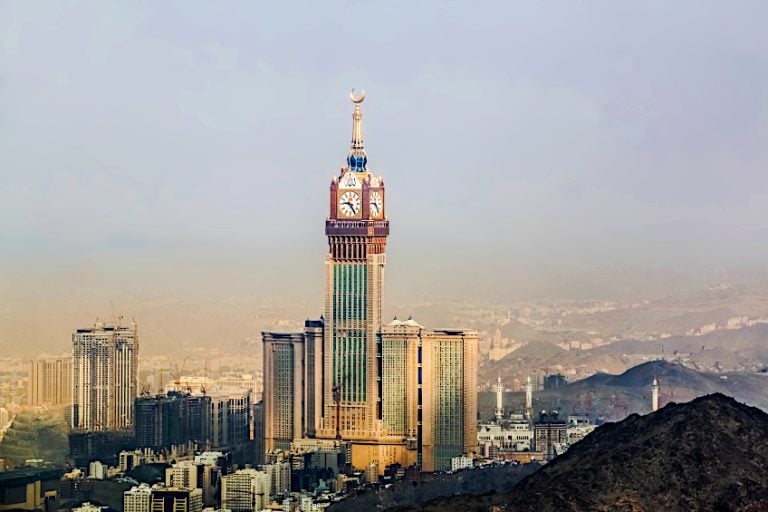Country With the Most Tallest Buildings – The Most Skyscrapers
Have you ever wondered which country has the most tallest buildings in the world? The country with the most tallest buildings would be highly admired around the world, and perhaps that is why so many strive to attain this distinction. To learn which country in the world holds that title, read our article below!
The Country With the Most Tallest Buildings
Human progress in engineering and architecture over the last 50 years has been nothing short of astounding. Although the people of the past deserve all of the credit for laying the groundwork and providing the design for some of the most spectacular landmarks ever built, the individuals of today are literally taking it to new heights.
In discovering which country has the most tallest buildings in the world, we have to ask why some countries have so many skyscrapers. Is it a status thing or a population and land issue?
| Position | Country | Number of Skyscrapers | Number of Skyscrapers Above 300 Meters | City With Most Skyscrapers |
| 1 | China | 2,946 | 103 | Hong Kong |
| 2 | United States | 857 | 29 | New York City |
| 3 | United Arab Emirates | 314 | 32 | Dubai |
| 4 | South Korea | 276 | 7 | Seoul |
| 5 | India | 273 | 1 | Mumbai |
| 6 | Japan | 271 | 1 | Tokyo |
| 7 | Malaysia | 266 | 5 | Kuala Lumpur |
| 8 | Australia | 140 | 2 | Melbourne |
| 9 | Indonesia | 130 | 1 | Jakarta |
| 10 | Thailand | 124 | 4 | Bangkok |
| 11 | Canada | 124 | 0 | Toronto |
| 12 | Philippines | 122 | 1 | Makati |
| 13 | Singapore | 96 | 0 | Singapore |
| 14 | Turkey | 67 | 0 | Istanbul |
| 15 | Panama | 66 | 0 | Panama City |
| 16 | Brazil | 56 | 0 | Balneario Camboriu |
| 17 | Russia | 51 | 7 | Moscow |
| 18 | Mexico | 48 | 1 | Mexico City |
| 19 | Vietnam | 44 | 3 | Ho Chi Minh City |
| 20 | Qatar | 38 | 1 | Doha |
Which Country Has the Most Tallest Buildings in the World?
The Eiffel Tower was once the largest structure ever erected, but it is now dwarfed by skyscrapers that have grown in recent decades, making the Parisian symbol appear child’s play in retrospect. The Willis Tower in Chicago was the highest structure in the world barely 20 years ago. Since then, 20 skyscrapers have exceeded it, lowering it to the 21st tallest in the world. Today, the Burj Khalifa in Dubai is the tallest structure on earth.
Why do we have such a fascination with tall structures and why do some countries seem to have a fascination with them?

1. China: 2,946 Skyscrapers
The structure of urban centers is altering as the world population increases and inner-city areas grow more congested. Nowhere is this phenomenon more visible than in China, where a state-led urbanization drive has resulted in a megacity construction frenzy marked by skyscrapers and expansion. Zoning restrictions, protected structures, and other well-intended trademarks of liberal democracy often hinder development; resistance to London’s Shard would be unfathomable in modern China.
The spectacular experiments in superstructure development and urban planning carried out by the one-party government will eventually serve as a model for cities throughout the world.

The Shanghai Tower may be the furthest architects have yet gotten to developing a “vertical city” in reaction to the challenge of how to develop densely while maintaining liveability. Super tall structures are built for both status and profit.
They are also emblematic of a national government program that has resulted in frenetic city densification in China.
As the government strives to reorient its economy away from a dependence on exporting and toward one centered on domestic spending, the Chinese see urbanization as a great engine for growth. Whereas towers were formerly very boring and repetitive buildings, they are now becoming more interconnected, integrated, and sustainable.

2. United States: 857 Skyscrapers
The United States has the second most skyscrapers in the world, and the city with the most high-rise buildings in the United States is New York City. New York City’s rise as a trade and economic center was predated by its position off the Atlantic coast with essential ports. However, the skyscraper issue stems from another lucky geographical fact: over half of Manhattan is deep rock. It can support massive structures without the worry of sinking.
As the population grew, so did the desire for construction and expansion.
The Financial Industry’s presence on Wall Street offered localized financial backing, and the subsequent responses kept everything rolling. Because of the mix of old New York City construction laws, the skyscraper density is great, the previous codes had few limitations, and most of the city was constructed on codes that would not be approved today. This is a major contributor to Manhattan’s soaring and vast concrete jungle image, where high-rises are high and close together, making it easy to overlook the sun.
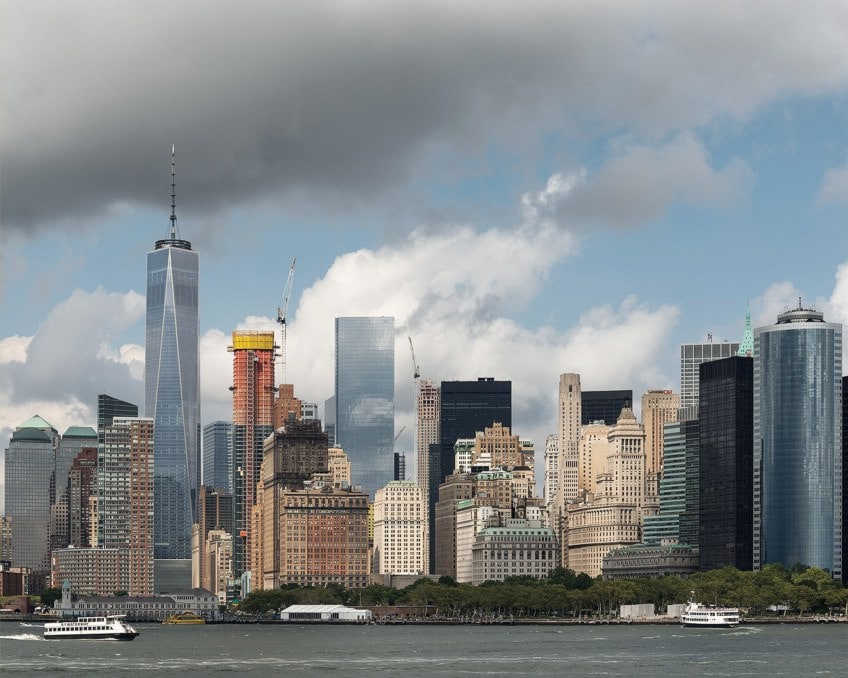
3. United Arab Emirates: 314 Skyscrapers
The third highest country with the most tallest buildings is the United Arab Emirates, and the city with the most tall buildings is Dubai. It is also home to the tallest building, so why do the people of Dubai like to build skyscrapers so much? The roots of these massive monuments are entrenched in the city’s past and future goals.
The harsh economics of resources have a major effect on Dubai’s skyscraper growth.
Dubai does not have much oil in comparison to other regions of the Middle East, and it is banking on its future as a vital element of the global commerce network. Dubai’s gas and oil reserves are very tiny, accounting for about 1% of the emirate’s GDP, and may be depleted by 2030.

As a result, the Dubai administration has been compelled to explore alternative methods for the emirate to earn money and attract investment. When the government realized it needed to diversify its revenue streams, it began pushing multinational corporations to establish headquarters in the city. Dubai was already a major transportation center in the area, and the new rules piqued people’s curiosity. This, in turn, elevated the demand for real estate, which caused property prices to increase drastically.
Due to the struggle for space, skyscrapers became an appealing alternative for investors because the most effective method to earn the most money out of a building is to grow up and therefore produce as much floor space to be rented out as possible.
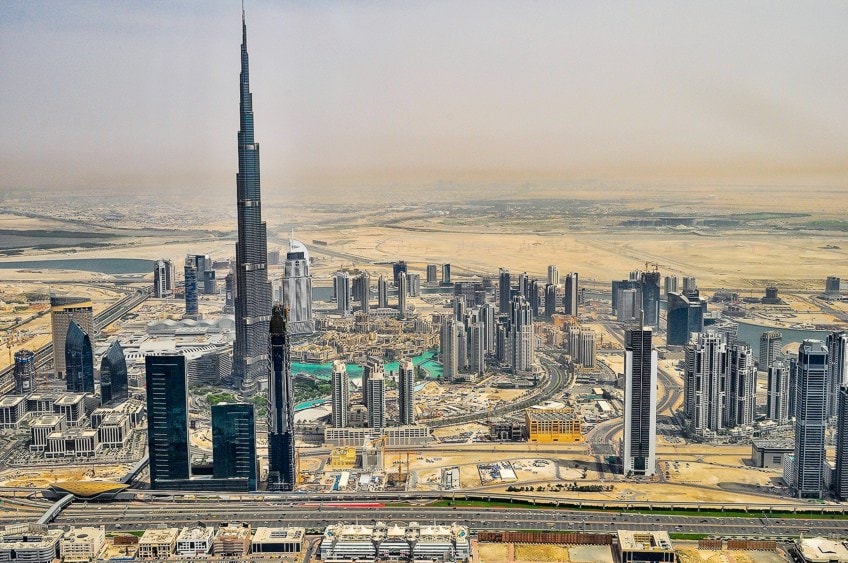
4. South Korea: 276 Skyscrapers
Cloud-piercing skyscrapers dominating cityscapes are frequently pointed to as a sign of a country’s economic supremacy and technical progress. During the country’s fast economic expansion, Korea’s first high-rise, located in Seoul, opened its doors to the general public in July 1985.
The 274-meter-tall skyscraper is no longer the highest structure in town.
It does, however, serve as a monument and an emblem of the so-called Miracles on the Han River. Following the Asian financial crisis of 1997, the Korean economy restored stabilization partially through a real estate boom, which fueled competition for high-rise skyscrapers.
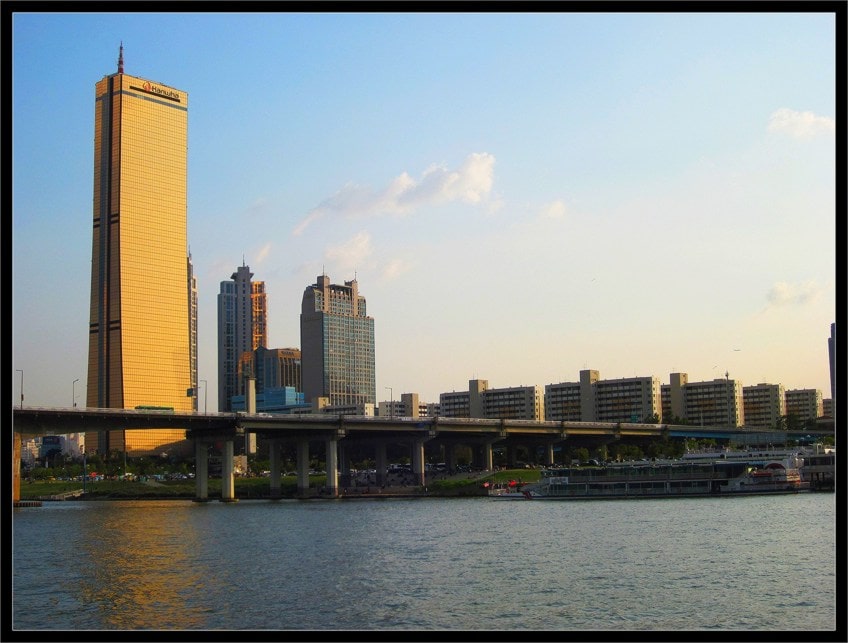
5. India: 273 Skyscrapers
The majority of these skyscrapers are residential. India has the second most people of any country on earth, and all of its regions are highly populated as well. With densely populated urban areas, a rise in trading, business ventures, and urban expansion, the country’s metropolitan districts are experiencing an increase in size.
Land and property are becoming scarce and expensive in areas where high rises that extend vertically are able to house more people, offering the greatest solutions for fixing such an issue.
Factors such as constant migration to urban areas, shrinking space, and high population density in cities such as Mumbai and Delhi, resulting in congestion, make high-rise structures a vital need in today’s day and age.
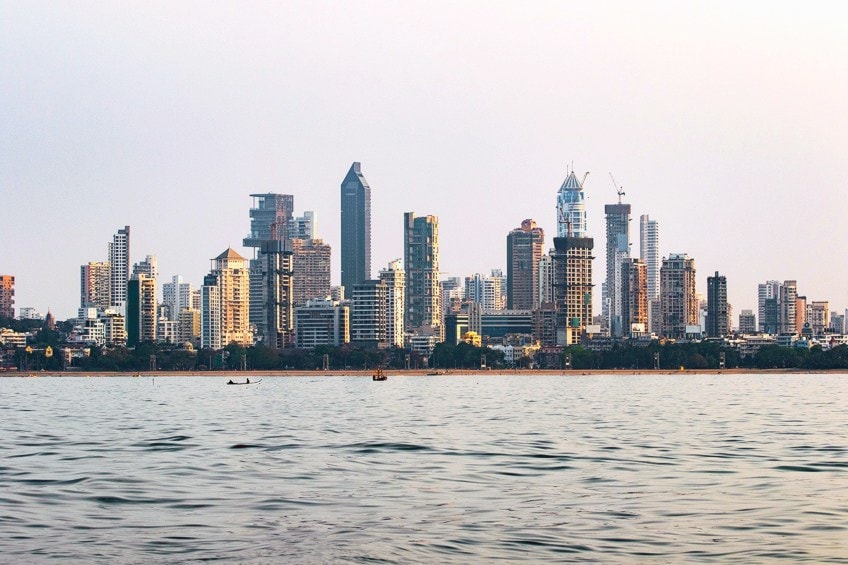
The only practicable approach to fulfill the demands of the nation’s growing population while addressing land scarcity and high costs is to design and construct tall and develop vertically. Previously, the emphasis on structure drove high-rises, but altering trends and technical breakthroughs in construction processes allow for greater creative and architectural flexibility in current times.
Skyscrapers’ usefulness has shifted from institutional to more residential and mixed-use objectives. High-rises also make a contribution to the planet in a sustainable way by avoiding the destruction of agricultural land, providing more plantation space, reducing air pollution, shortening distances, and decreasing reliance on roads and cars.
In this article, we explored which country has the most tallest buildings in the world. China is in fact, the country with the most tallest buildings in the world. Not only did we discover which country has the most skyscrapers, but also why the top five countries found it necessary to start building skyscrapers in the first place.
Frequently Asked Questions
Which Country Has the Most Tallest Buildings in the World?
China would be the country with the most tallest buildings in the world, with a total of 2,946 skyscrapers! The city in China with the most buildings is Hong Kong. America is second on the list.
Which Country Has the Most Skyscrapers and Why Are They Built?
Countries such as China, which has the most high-rises across the globe have chosen to build upwards as it solves multiple problems at once. It cuts down on the footprint of housing, as the separate units are on top of each other instead of next to each other like in suburban areas. It cuts down on the need for agricultural land and the need for long travel distances.
Justin van Huyssteen is a freelance writer, novelist, and academic originally from Cape Town, South Africa. At present, he has a bachelor’s degree in English and literary theory and an honor’s degree in literary theory. He is currently working towards his master’s degree in literary theory with a focus on animal studies, critical theory, and semiotics within literature. As a novelist and freelancer, he often writes under the pen name L.C. Lupus.
Justin’s preferred literary movements include modern and postmodern literature with literary fiction and genre fiction like sci-fi, post-apocalyptic, and horror being of particular interest. His academia extends to his interest in prose and narratology. He enjoys analyzing a variety of mediums through a literary lens, such as graphic novels, film, and video games.
Justin is working for artincontext.org as an author and content writer since 2022. He is responsible for all blog posts about architecture, literature and poetry.
Learn more about Justin van Huyssteen and the Art in Context Team.
Cite this Article
Justin, van Huyssteen, “Country With the Most Tallest Buildings – The Most Skyscrapers.” Art in Context. September 25, 2022. URL: https://artincontext.org/country-with-the-most-tallest-buildings/
van Huyssteen, J. (2022, 25 September). Country With the Most Tallest Buildings – The Most Skyscrapers. Art in Context. https://artincontext.org/country-with-the-most-tallest-buildings/
van Huyssteen, Justin. “Country With the Most Tallest Buildings – The Most Skyscrapers.” Art in Context, September 25, 2022. https://artincontext.org/country-with-the-most-tallest-buildings/.




